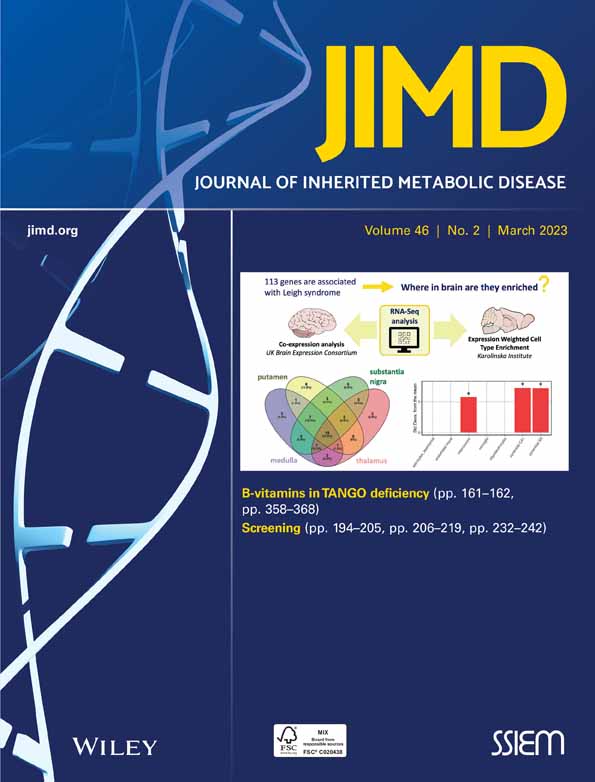ATP7A-related copper transport disorders: A systematic review and definition of the clinical subtypes
Silke De Feyter and Aude Beyens contributed equally to this study.
Funding information: Bijzonder Onderzoeksfonds UGent, Grant/Award Number: 01N04516C; European Academy of Dermatology and Venereology, Grant/Award Number: PPRC-2018-50; Fonds Wetenschappelijk Onderzoek, Grant/Award Number: G035620N
Abstract
In patients with ATP7A-related disorders, counseling is challenging due to clinical overlap between the entities, the absence of predictive biomarkers and a clear genotype-phenotype correlation. We performed a systematic literature review by querying the MEDLINE and Embase databases identifying 143 relevant papers. We recorded data on the phenotype and genotype in 162 individuals with a molecularly confirmed ATP7A-related disorder in order to identify differentiating clinical criteria, evaluate genotype-phenotype correlations and propose management guidelines.
Early seizures are specific for classical Menkes disease (CMD), that is characterized by early-onset neurodegenerative disease with high mortality rates. Ataxia is an independent indicator for atypical Menkes disease, that shows better survival rates than CMD. Bony exostoses, radial head dislocations, herniations and dental abnormalities are specific for occipital horn syndrome (OHS) that may further present with developmental delay and connective tissue manifestations. Intracranial tortuosity and bladder diverticula, both with high risk of complications, are common among all subtypes. Low ceruloplasmin is a more sensitive and discriminating biomarker for ATP7A-related disorders than serum copper. Truncating mutations are frequently associated with CMD, in contrast with splice site and intronic mutations which are more prevalent in OHS.
CONFLICT OF INTEREST STATEMENT
The authors declare that they have no conflict of interest.
Open Research
DATA AVAILABILITY STATEMENT
The submitted manuscript (and supplemental information) includes all data analyzed during this review.




